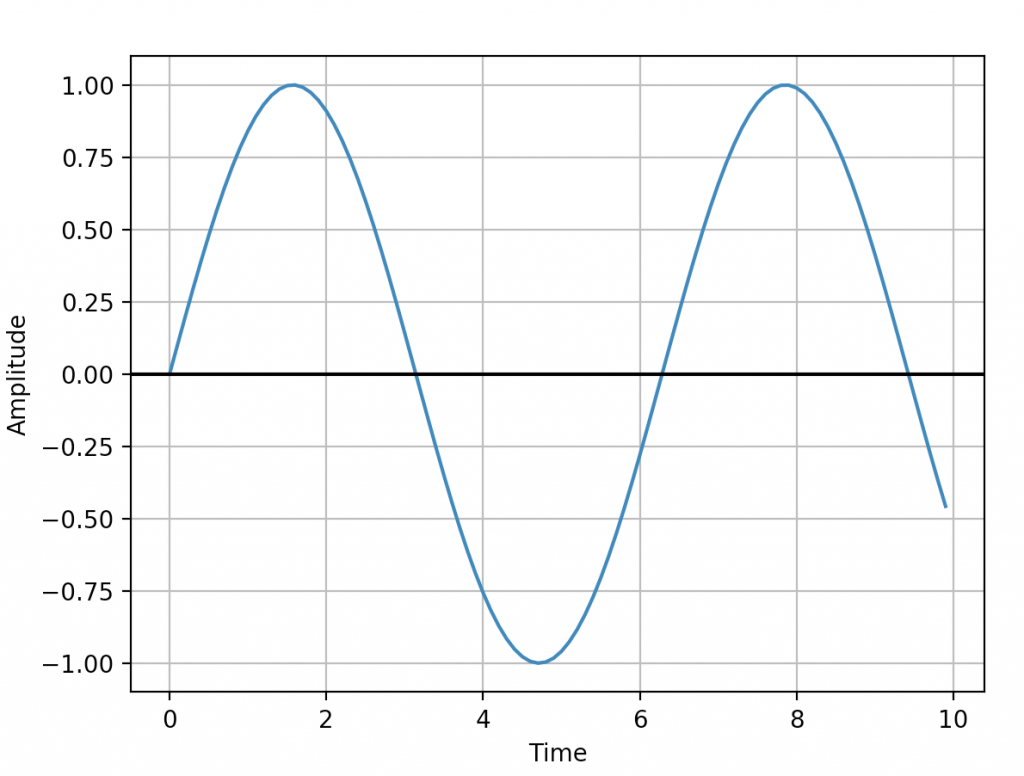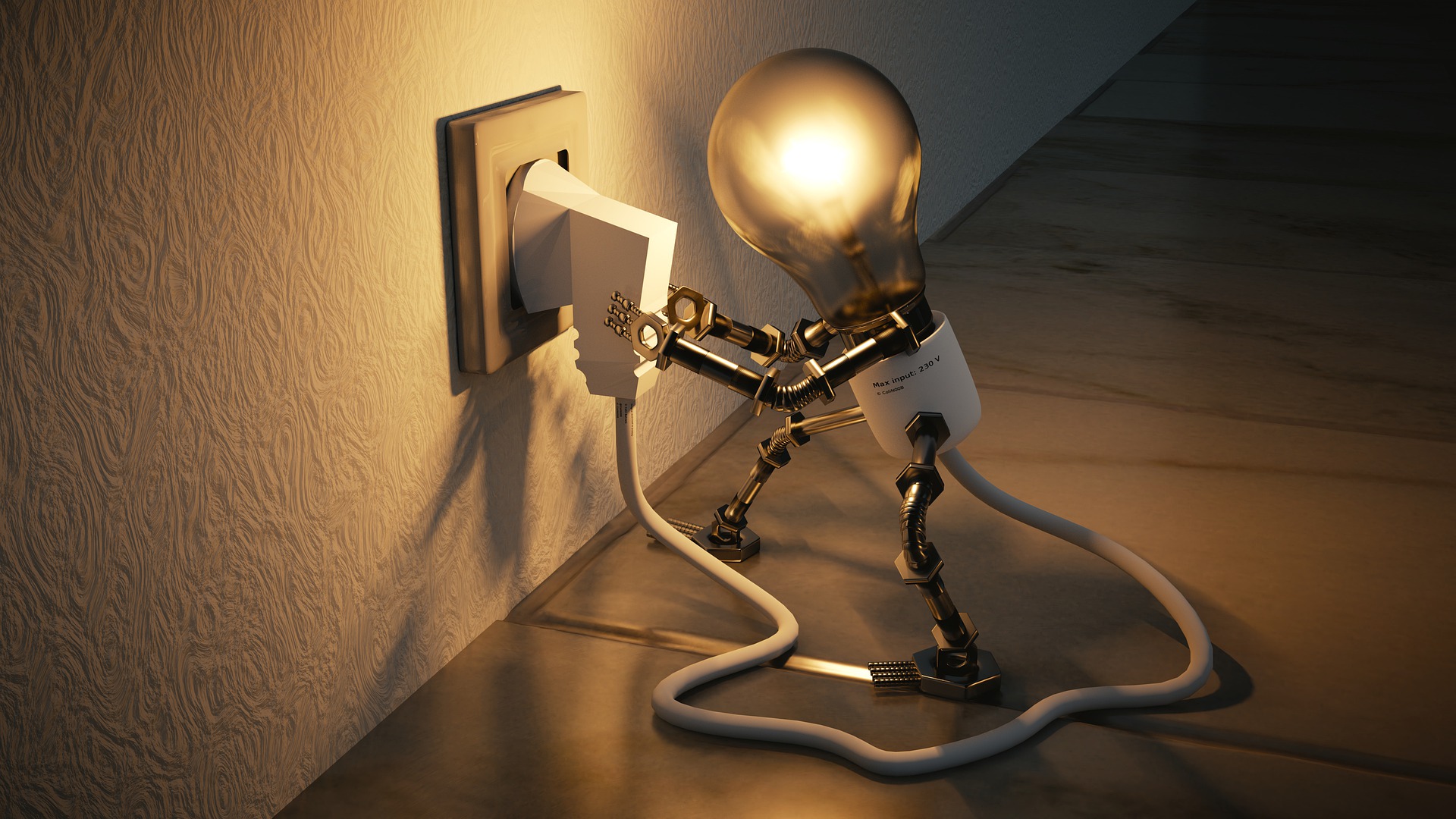Sometimes you really, really, really want to change something in your life to get unstuck but what’s holding you back is not a lack of time or money, but rather a lack of energy.
There’s a saying that goes like, “Energy flows where attention goes.”
Being conscious about where you spend your energy everyday is key to optimizing your life. It’s very hard to do anything when you’re low on energy, and yet every day we spend hours squandering it, and then wonder why we’re stressed, tired and stuck in a rut.
The fundamentals of energy input are well-known – sleep, nutrition and exercise – so I’m not going to delve into those. But there’s another energy input that we so often neglect – the pain of staying still.
I’ve written about this a couple of years back; the point of change usually happens when the following condition is satisfied:
Pain in Comfort Zone > Fear of Making a Change
Or as the quote by Anais Nin goes, “And the day came when the risk to remain tight in a bud was more painful than the risk it took to blossom.”
The fear of making a change encompasses everything from the fear of rejection to that of uncertainty. But when a point reaches and you start telling yourself that you’ve had enough, that’s when you’re motivated to make a change, and that motivation acts as an energy input.
Now when we think of energy outputs, there are three categories we don’t give much thought to: Energy leaks, suckers and destroyers.
Energy Leaks
When it comes to your energy cycle, I like to think of it as a sine wave, with peaks and valleys.

Energy leaks are unavoidable.
Psychology research made popular the concept of “ego depletion”; the idea that willpower is a limited resource. One of the famous studies by psychologist Roy Baumeister and his colleagues asked two groups of participants to wait in a room with two plates of food; one had fresh-baked cookies while the other had radishes[1].
Each group was allowed to eat from only one of those plates but not the other. Next, the researchers gave both groups a puzzle to work on and timed how long it would take them before they gave up. The radish eaters’ group lasted an average of eight minutes compared to the nineteen minutes of the cookie eaters’ group as well as a control group who only did the puzzle. The study concluded that the radish eaters’ egos had been spent while denying themselves the cookies.
While more recent studies [2,3] have not been able to replicate the original study’s results thus adding a question mark to the idea, there’s no denying that for most of us, when the day is over, we’re usually exhausted. Every decision we’ve had to make – what to wear, what to eat for lunch, whether to take an uber or drive, every annoying person we’ve had to endure – robs us of tiny bits of energy so by the end of the day we’re deflated and “Neflix and Chill” sounds like a really good idea.
Everything you do has an energy cost, and while you can’t avoid energy leaks completely unless you turn into a sloth and do nothing all day (which beats the point of having any energy reserve), you can learn to manage them.
That’s where building habits can help. Habits minimize the number of decisions you make through the day, thus freeing up your mental reserves for the more important things in life. That’s why you’ll hear of people like Mark Zuckerberg wearing the same grey t-shirt. Of course, habits can turn monotonous at some point, which is why you might need to change things up every three months.
Energy suckers
Energy suckers are those tasks and people that immediately cause a large drop in energy upon engagement. They’re like the overcurrent events that short a fuse. You meet a person for half an hour and suddenly you feel like the Dementors were around and have sucked some of your soul with them. Energy suckers can also be those tasks that you have to do for your job that make you question every decision that has lead you to this point.
The way to manage energy suckers is to simply identify them and avoid them. If you can’t, then just curtail your interactions with them. But never schedule them during your personal peak hours, because they’ll just ruin the rest of your day.
Energy Destroyers
The way I think about energy destroyers is how they tend to erode your reserves over a long period of time. The day-to-day effect might be minuscule but over a certain period of time, you discover your overall capacity has decreased so you aren’t able to do as much as you used to. Destroyers tend to be major things like jobs, lifestyles, and entire environments. You can think of them as damped sine wave.

How to deal with them is to audit your life and overhaul it – probably have an existential crisis or two.
Of course, there are tasks, people, environments that are the exact opposite of energy leaks, suckers and destroyers – they add energy rather than take it away, but that’s something for you to think about.
Call to action: Go through everything you’ve done today and ask yourself, “How did this make me feel? Energized or Exhausted?”
Did you have a favorite insight that you’re taking away from this post? Leave a comment below or on Linkedin.
References
[1]R. Baumeister, E. Bratslavsky, M. Muraven and D. Tice, “Ego depletion: Is the active self a limited resource?”, Journal of Personality and Social Psychology, vol. 74, no. 5, pp. 1252-1265, 1998. Available: 10.1037//0022-3514.74.5.1252.
[2] J. Lurquin et al., “No Evidence of the Ego-Depletion Effect across Task Characteristics and Individual Differences: A Pre-Registered Study”, PLOS ONE, vol. 11, no. 2, p. e0147770, 2016. Available: 10.1371/journal.pone.0147770.
[3]Hagger, M. S., Chatzisarantis, N. L. D., Alberts, H., Anggono, C. O., Batailler, C., Birt, A. R., . . . Zwienenberg, M. (2016). A multilab preregistered replication of the ego-depletion effect. Perspectives on Psychological Science, 11, 546–573.
